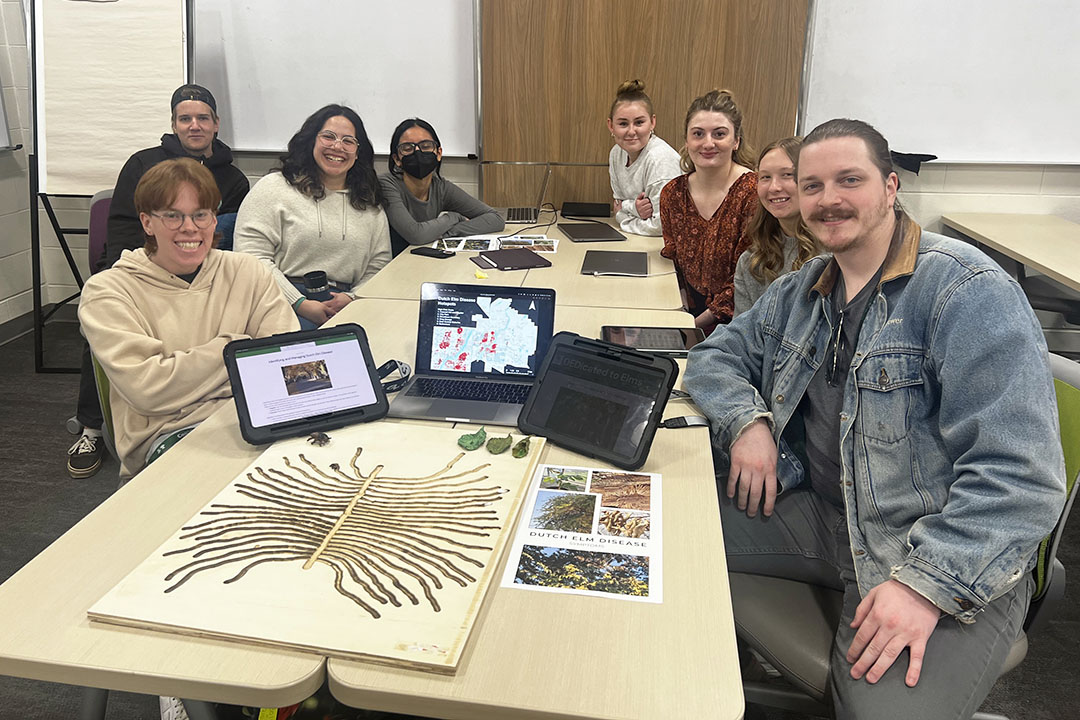
USask students leading the charge for sustainable solutions
Undergraduate students from the College of Agriculture and Bioresources, the School of Environment and Sustainability (SENS), and the College of Arts and Sciences will be presenting their capstone projects at the annual Sustainability Trade Show on April 1 in the Agriculture Building Atrium.
By Amy Janzen, SENS CommunicationsFor University of Saskatchewan (USask) students in the EVSC 485.3 Environmental Science Capstone and ENVS 401.3 Sustainability in Action courses, sustainability is more than just a buzzword. It’s a guiding principle for students seeking real-world solutions both on campus and in the broader Saskatchewan community.
These interdisciplinary courses bring together students from the College of Agriculture and Bioresources, SENS’s undergraduate certificate program, and the College of Arts and Science, representing the culmination of years of study and turning academic knowledge into actionable change.
“These projects can be simple in concept, but they require significant effort and creativity to execute,” said Dr. James Robson (PhD) of SENS. “It’s the thoughtful, impactful projects that truly highlight the achievements of these students.”
On April 1, students in six project groups will have the opportunity to showcase their work at the annual Sustainability Trade Show.
Sask BERMS – Jolynn Amyotte, Stacey Challoner, Eric Gignac, Ella Grimeau, Katelyn Nagy, Cassidy Somers, Ciarra Vessey, Sarah Whitenect, and Emma Young
Saskatchewan’s boreal forest, known for its vastness and ecological significance, provides vital services like carbon storage, air purification, and climate regulation. The three Boreal Ecosystem Research and Monitoring Sites (BERMS)—Old Jackpine, Old Black Spruce, and Fen—are the longest-running boreal forest research sites in the world, holding decades of data that influence climate research across Canada and globally.
However, the Old Jackpine site is at risk of closure, threatening decades of invaluable data critical to understanding global climate change.
Through a social media and education campaign, engagement events (including showing a documentary about BERMS that the group has produced), and a letter-writing initiative, the Sask BERMS team is working to raise awareness among Saskatchewan residents about the importance of these research sites and the boreal forest.
“We take great pride in knowing that a site right here in Saskatchewan has contributed to global climate knowledge for over 30 years. By sharing our documentary film and engaging with the community, we hope more people will recognize the importance of these sites and the data they hold, which directly impacts climate science worldwide.”
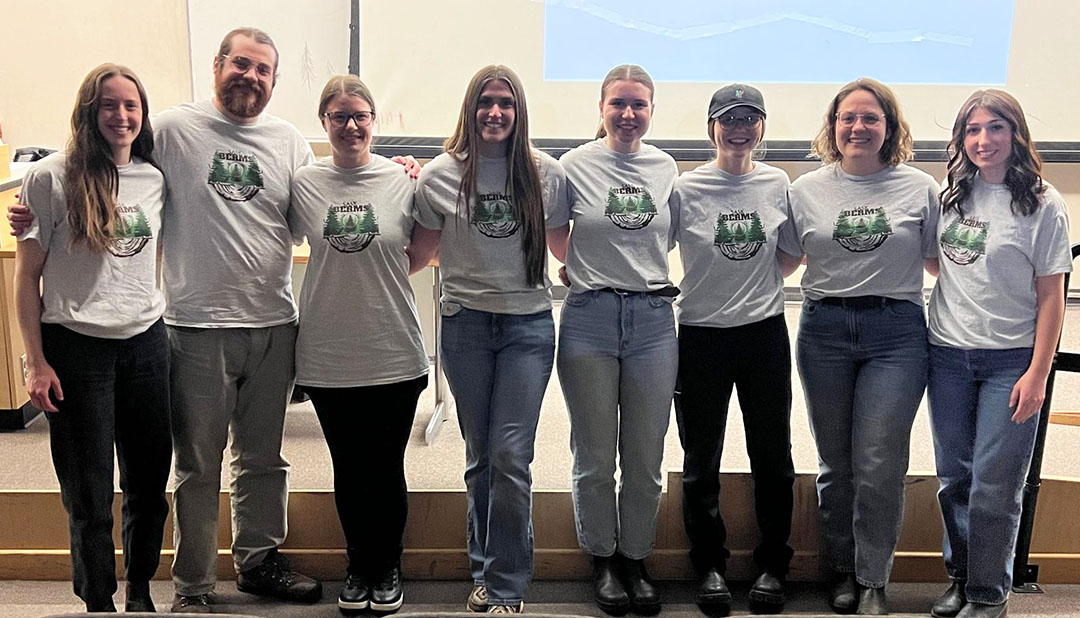
Trash to Treasure – Anthony Ly, Janvi Prajapati, Shealyn Schoonmaker-Kitzan, Rafael Siqueria Lopes, Haven Varcoe
With over two billion tonnes of waste generated globally each year, managing organic waste is becoming increasingly urgent. At USask, the university lacks a comprehensive plan for post-consumer organic waste, contributing to the growing waste crisis. The Trash to Treasure team is addressing this by launching a sustainable waste diversion initiative by obtaining three Lomi Food Recyclers for future installation in the Agriculture Building on campus.
This initiative will not only reduce waste in the college but also creates compost for use in campus gardens. By demonstrating the effectiveness of Lomi Food Recyclers, the team aims to contribute to USask’s sustainability goals and show how small changes can lead to meaningful waste management improvements.
“Working with Lomi was fantastic. As a USask alumni, [owner] Jeremy Lang was eager to support us with a solution that could scale for a project like ours by donating three Lomi Food Recyclers to help expand our initiative.”
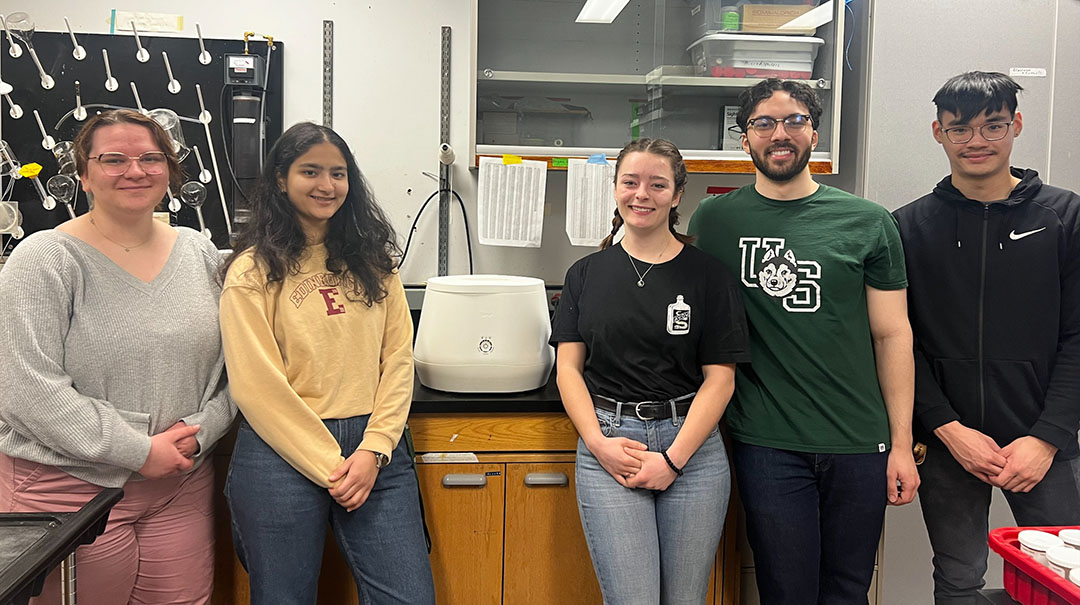
DEDicated to Elms – Mia Childress, Olita Elia, Madi Epoch, Muqaiba Imtiaz, Connor Johnson, Simon Kilback, Brooke Loessin, and Cole Nicholson
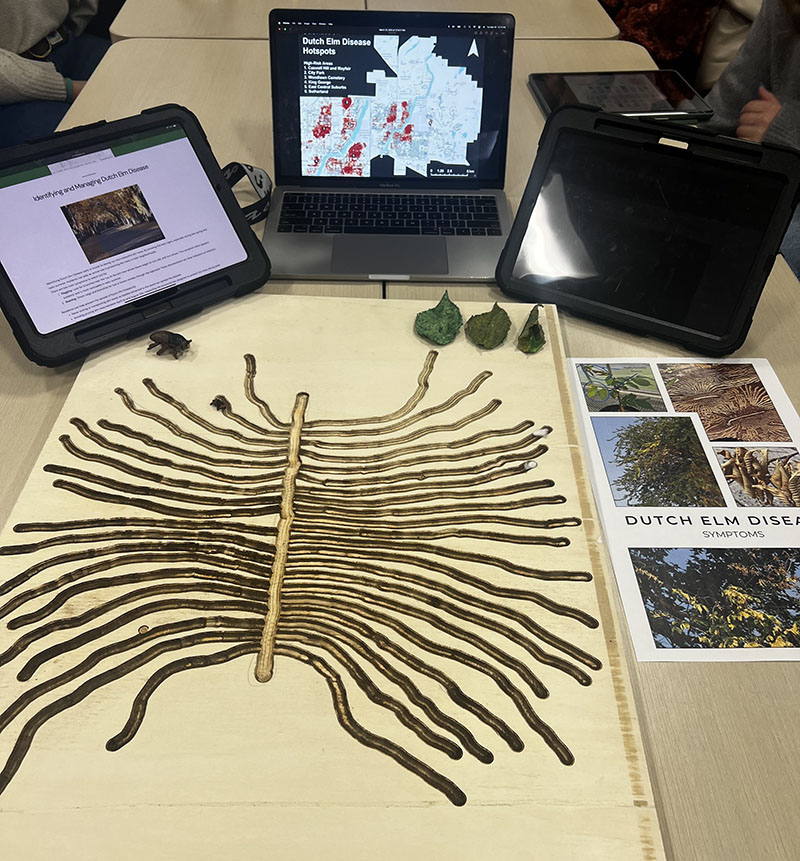
Saskatoon’s iconic elm trees, which make up about 25 per cent of the city’s urban forest, are at risk from Dutch Elm Disease (DED). These trees are not only a vital part of the city’s biodiversity but also a financial asset, with the urban forest valued at $530 million in 2020.
The DEDicated to Elms team is working to raise public awareness about the threat of DED and provide the community with the tools to identify and prevent the disease.
Through the creation of online resources, interactive maps, and a letter-writing campaign, the team is advocating for increased funding to support the city’s Urban Forestry Department in its efforts to protect and manage the elm trees.
The team presented their information to the Saskatoon community at Gardenscape YXE from March 28-30.
Farm the Sun IV – Joseph Bosch, Sydney Brenneis, Easton Holman, Jarett Holman, Cayden Quiring, Paul Skagestad, and Cody Van Loosen
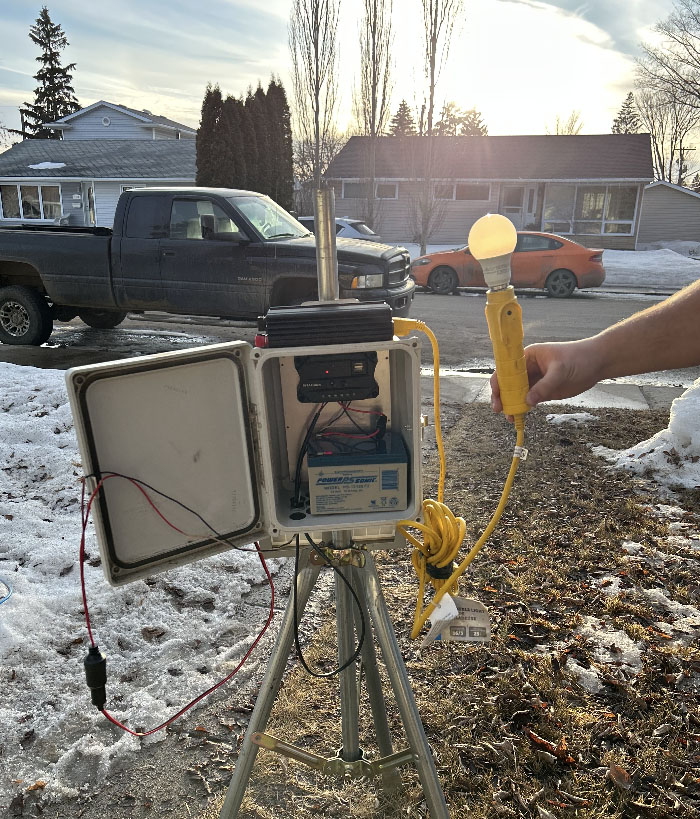
The Farm the Sun IV project aims to reduce USask’s reliance on non-renewable energy, which currently makes up about 80 per cent of the campus’s energy consumption.
By exploring solar panel installations on campus buildings like Merlis Belsher Place, the team is working to shift the university’s energy usage toward renewables.
Beyond the work done with Merlis Belsher Place, the Farm to Sun IV team has created a series of educational materials to help the broader community understand the benefits of solar energy for both large- and small-scale projects.
The team will also have a small-scale system at the trade show to showcase how solar energy works and how that same technology would be applied to power a large facility like Merlis Belsher Place.
PENG (Prairie Education on Native Greenery) – Amber Dixon, Eric Bowman, Lauren Walcer, Lexi Paterson, Marcus Charpentier
Native prairie plants, from the early bloom of the prairie crocus to black-eyed susans along the highway, are resilient, well-suited to our climate, and vital for local ecosystems. They require less water and help retain spring runoff better than non-native species.
In collaboration with the Horticulture Club, the PENG team is working to establish a native garden on campus to educate the public about the environmental benefits of planting native species. They’ve also created handouts and digital materials to inform the public about common native and invasive plants in our region, how to identify invasive species, and alternative native plants for gardens. Since early March, the team has been distributing seed packets, stickers, and info sheets at events like Seedy Sundays.
The project aims to raise awareness about how native plants support local biodiversity and encourage their use in urban landscapes, urging individuals and organizations to consider the environmental impact of their landscaping choices.
“It’s been incredible to see how many people are interested in what we’ve had to say and are eager to start planting their own native gardens. While it may take some effort, there are plenty of resources emerging to help people build native gardens here in Saskatoon.”
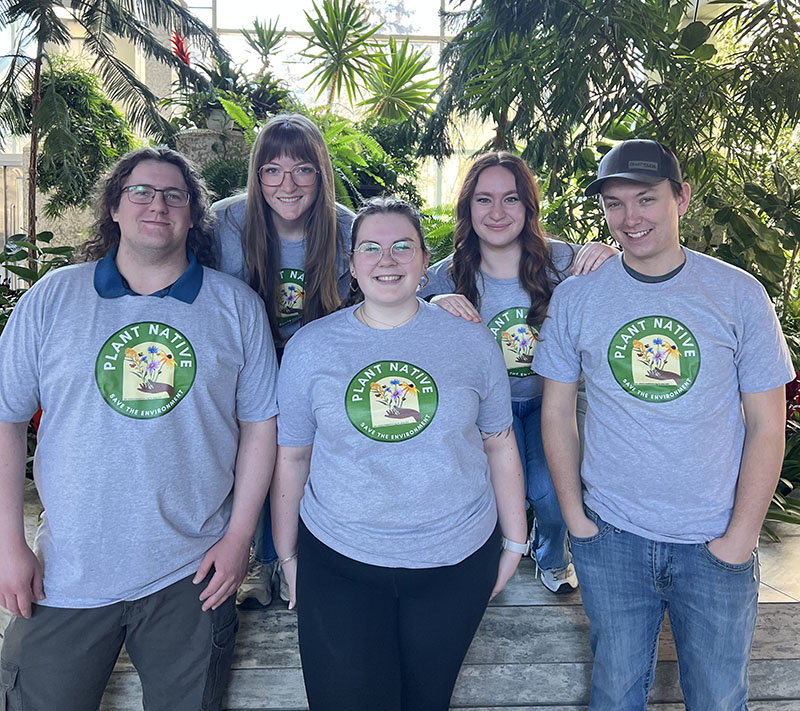
Bee Pollinator Garden – Alex Raducan
The Bee Pollinator Garden project addresses the decline of native pollinators, which are essential for maintaining local biodiversity. In Water Valley, Alta., Raducan has laid the designs for pollinator-friendly gardens that can be filled with native flowers, providing essential habitats for bees and other pollinators.
Hoping to encourage more residents to establish a pollinator-friendly yard, he is also building an informative website that includes resources on which plants are best for pollinators and the dangers of using harmful pesticides.
This project not only supports local ecosystems but also educates the public on the importance of creating pollinator-friendly spaces.
At the Sustainability Trade Show on April 1, students will demonstrate how small actions can lead to significant improvements in sustainability, both at USask and beyond.
“I’m really impressed with the commitment of each of the students this year to build something that isn’t just sustainable and meaningful, but will have an impact on our local and regional communities for years to come,” said Dr. Colin Laroque (PhD) of the College of Agriculture and Bioresources.
The Sustainability Trade Show will be held on April 1 from 12 pm to 4 pm in the Agriculture Building Atrium. The event is free for the public to come by to discover how students are shaping sustainability in our communities.
Together we will support and inspire students to succeed. We invite you to join by supporting current and future students' needs at USask.

